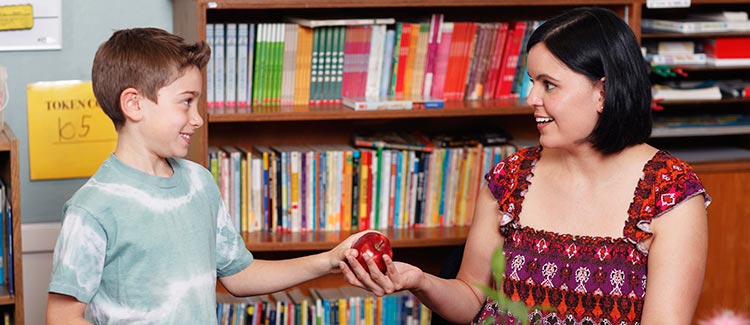What makes a great teacher?
What makes a great teacher? Teaching is one of the most complicated jobs today. It demands broad knowledge of subject matter, curriculum, and standards; enthusiasm, a caring attitude, and a love of learning; knowledge of discipline and classroom management techniques; and a desire to make a difference in the lives of young people. With all these qualities required, it’s no wonder that it’s hard to find great teachers.
Here are some characteristics of great teachers
- Great teachers set high expectations for all students. They expect that all students can and will achieve in their classroom, and they don’t give up on underachievers.
- Great teachers have clear, written-out objectives. Effective teachers have lesson plans that give students a clear idea of what they will be learning, what the assignments are and what the grading policy is. Assignments have learning goals and give students ample opportunity to practice new skills. The teacher is consistent in grading and returns work in a timely manner.
- Great teachers are prepared and organized. They are in their classrooms early and ready to teach. They present lessons in a clear and structured way. Their classrooms are organized in such a way as to minimize distractions.
- Great teachers engage students and get them to look at issues in a variety of ways. Effective teachers use facts as a starting point, not an end point; they ask “why” questions, look at all sides and encourage students to predict what will happen next. They ask questions frequently to make sure students are following along. They try to engage the whole class, and they don’t allow a few students to dominate the class. They keep students motivated with varied, lively approaches.
- Great teachers form strong relationships with their students and show that they care about them as people. Great teachers are warm, accessible, enthusiastic and caring. Teachers with these qualities are known to stay after school and make themselves available to students and parents who need them. They are involved in school-wide committees and activities, and they demonstrate a commitment to the school.
- Great teachers are masters of their subject matter. They exhibit expertise in the subjects they are teaching and spend time continuing to gain new knowledge in their field. They present material in an enthusiastic manner and instill a hunger in their students to learn more on their own.
- Great teachers communicate frequently with parents. They reach parents through conferences and frequent written reports home. They don’t hesitate to pick up the telephone to call a parent if they are concerned about a student.








